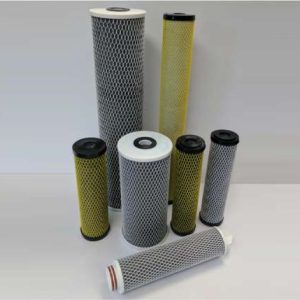Aluminum rack are relatively less expensive than titanium, are easily assembled and disassembled, and can be quickly designed to accommodate a great variety of part shapes and sizes. Aluminum is also a more conductive material than titanium and allows more current to flow through the same contact area. This is especially important for hard coat where the current can be up to 60 Amps per square foot. On the downside, while flexible and quick to organize, aluminum racks are seldom a perfect fit for the part but rather adjusted or adapted to the piece. While aluminum is less expensive than titanium, it is not cheap, and aluminum racks must be stripped after each anodize cycle because they become coated along with your parts. (A coated rack has much higher electrical resistance that makes it unsuitable as tooling.) Further the rack loses material and strength after each stripping process. This usually shows up first in the aluminum clips and or aluminum discs and can end up not holding the part tightly. Typically an aluminum rack isn’t used more than 5 times for anodizing after which the tooling is discarded.
ALUMINUM DISC RACK ASSEMBLY – Click on pdf below for details on discs, splines, hooks, angles and collars.
Aluminum Disc Rack Assembly PDF
BOX RACK ASSEMBLY – Click on pdf below for details.
Aluminum Box Rack Assembly PDF
ALUMINUM CLIPS – Click on pdf below for details.
Please contact us with your requirements and we will provide pricing and / or additional information.




